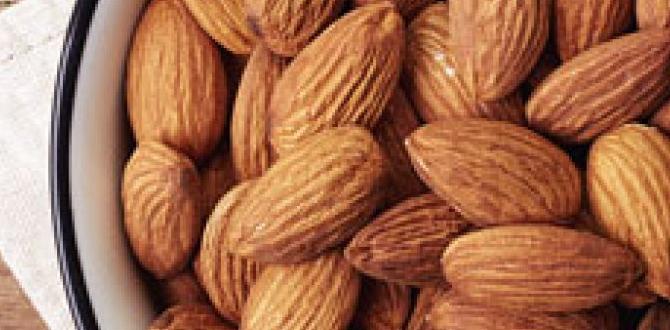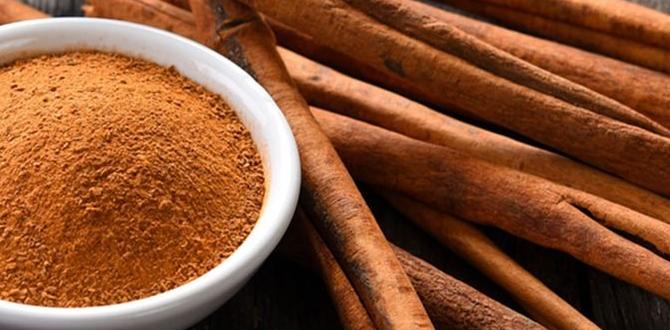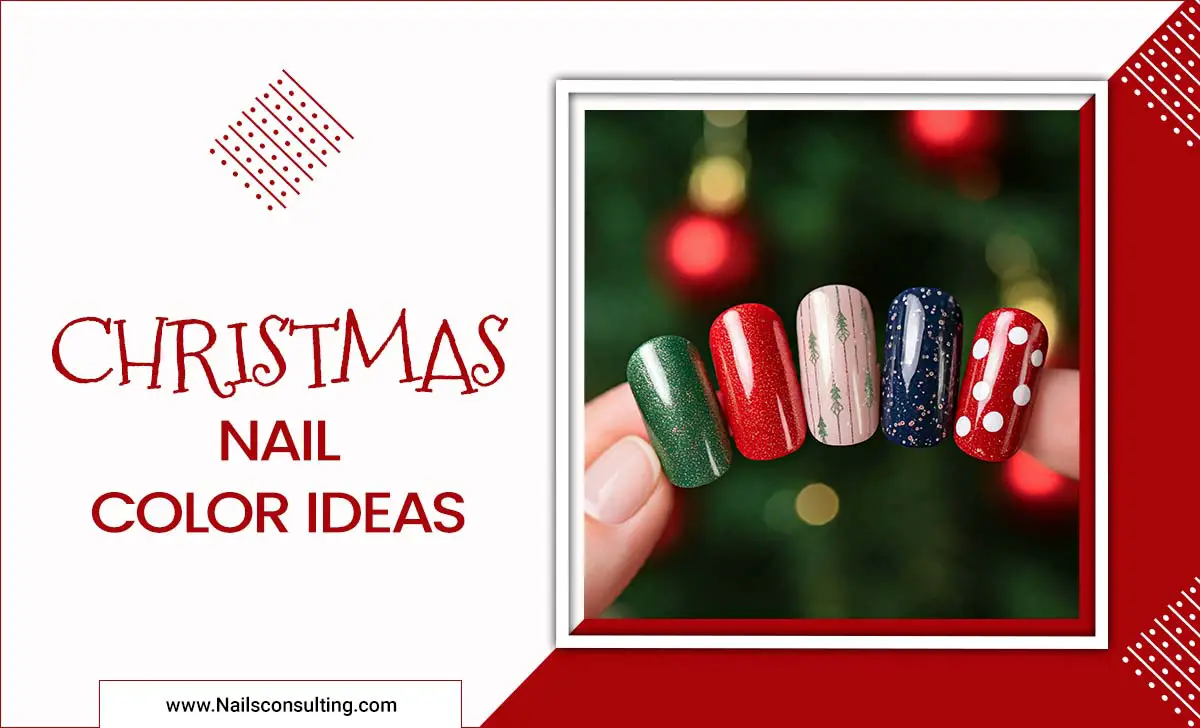Want stunning watercolor floral full coverage nails with an effortless, artistic touch? You’ve come to the right place! This guide breaks down how to achieve beautiful, flowing floral designs that cover your entire nail, creating a truly artistic manicure that’s surprisingly easy to do at home. Get ready to transform your nails into delicate masterpieces!
Dreaming of nails that look like they were painted by a skilled artist, bursting with soft, blended floral colors? Watercolor floral full coverage nails offer just that! They’re a breathtaking trend that brings the beauty of nature right to your fingertips. But if you’re new to nail art, the idea of “full coverage” and delicate watercolor painting might seem a little daunting. Don’t worry! We’re here to guide you through each simple step. You’ll learn how to create these gorgeous looks, making your nails a canvas for your personal style. Let’s dive in!
What Are Watercolor Floral Full Coverage Nails?
Imagine beautiful, diffused floral patterns that flow across your entire nail, as if painted with watercolors. That’s the essence of watercolor floral full coverage nails! Unlike accent nails with a small floral design, this style means the entire nail surface is adorned with these soft, blended petals, leaves, and stems. The “watercolor” effect comes from the way the colors blend and bleed into each other, creating a dreamy, ethereal look without harsh lines. It’s like having a tiny, wearable piece of art on each nail, offering a sophisticated and romantic vibe that’s perfect for any occasion.
Why You’ll Love This Nail Trend
This trend isn’t just pretty; it’s incredibly versatile and surprisingly achievable. Here’s why it’s a favorite for so many:
- Effortless Elegance: The blended nature of watercolor art inherently looks soft and sophisticated, instantly elevating your look.
- Creativity Unleashed: You can play with endless color palettes and flower combinations to match your mood, outfit, or season.
- Full Coverage = Impact: Unlike small designs, full coverage makes a statement, ensuring your nails are the perfect accessory.
- Beginner-Friendly: While it looks intricate, the techniques are forgiving, making it great for those just starting with nail art.
- Unique & Personalized: Each manicure will be one-of-a-kind, reflecting your personal artistic touch.
Getting Started: Your Watercolor Floral Nail Toolkit
Before we dive into the fun part, let’s gather our supplies. Having the right tools will make the process so much smoother. Don’t worry if you don’t have everything – you can build your collection over time!
Essential Tools You’ll Need:
- Base Coat: To protect your natural nails and help polish adhere.
- Sheer White or Nude Nail Polish: This is your canvas! A light, opaque shade helps the watercolor effect pop.
- Gel Top Coat (Recommended): For a long-lasting, high-shine finish that seals in your design. If not using gel, a good quality quick-dry top coat will work.
- Nail Art Brushes: You’ll want a few fine-tipped brushes for details and a slightly flatter brush for blending. A brush with good bristle retention is key for control.
- Various Nail Polish Colors: Think soft pinks, purples, blues, yellows, and greens for florals.
- Clear Nail Polish or Gel Top Coat for Blending: This is crucial for achieving the watercolor look.
- Rubbing Alcohol or Nail Polish Remover: For cleaning brushes and potentially thinning polishes. A good quality pure acetone is often best for gels.
- Waterproof Top Coat (Optional, for traditional polish): Some artists use this to create a barrier before adding water-based watercolors.
- Small Palette or Piece of Foil: To mix polishes and create gradients.
- UV/LED Lamp (if using gel polish): For curing gel colors and top coats.
Optional Additions:
- Dotting Tools: For small accents like stamens or centers.
- Fine Glitter: For a touch of sparkle.
- Nail Art Stencils: Can be used as guides for initial shapes.
The Step-by-Step Guide to Watercolor Floral Full Coverage Nails
Ready to create your masterpiece? Follow these steps for salon-worthy watercolor floral nails right at home. We’ll cover using both traditional nail polish and gel polish for a long-lasting finish.
Method 1: Using Traditional Nail Polish
This method is accessible and doesn’t require special lamps. The key is working quickly and using the blending properties of polish!
Step 1: Prep Your Nails
Start with clean, dry nails. File them to your desired shape and gently push back your cuticles. Apply a thin layer of your favorite base coat and let it dry completely. This shields your nails and makes your polish last longer.
Step 2: Apply Your Base Color
Paint your nails with one or two coats of your sheer white or nude polish. This creates a light, even base that makes colors appear delicate and helps them blend beautifully. Let this layer dry thoroughly.
Step 3: Start Your Watercolor Blooms
This is where the magic begins!
- On your palette (or foil), put a small amount of your desired petal color (e.g., pink).
- Dip your finer brush into clear nail polish, pick up a little bit of the pink polish, and mix it slightly on the palette. Your brush should have more clear polish than color.
- Gently dab or brush this mixture onto your nail in the shape of petals. Don’t aim for perfection; think soft strokes!
- Immediately, while the first color is still wet, do the same with a second color (e.g., a darker pink or a touch of white) to create more petals or add depth.
- Use your brush, cleaned and slightly damp with builder fluid (clear polish), to gently blend where the colors meet. The idea is to let them bleed slightly into each other, just like real watercolors.
Don’t overwork it! Less is often more when it comes to watercolor effects. You can always add more layers, but it’s harder to fix muddy colors.
Step 4: Adding Details & Leaves
- Once your main flower petals are in place and slightly dry, use a fine-tipped brush with green polish (again, mixed with a little clear polish for fluidity) to paint delicate leaves.
- You can also use a dotting tool or the tip of your brush with a contrasting color (like yellow or white) to add small dots for flower centers or stamens.
- If the colors start to look too muddy, you can let them dry a bit more and then apply another sheer layer of clear polish to “reactivate” them for gentle blending.
Step 5: Sealing the Art
This is a critical step to make sure your beautiful design doesn’t smudge or disappear.
- Wait until the nail polish is completely dry. This can take a little while for traditional polish, so be patient!
- Apply a generous coat of a good quality quick-dry top coat, or a nail hardening top coat. Be careful not to drag the polish with your brush. Work from the cuticle area outwards in smooth strokes.
- For extra longevity, you could even apply a waterproof top coat designed for nail art.
Method 2: Using Gel Polish (For Extended Wear)
Gel polish offers amazing durability and a stunning high-gloss finish. The technique is similar, but curing under a lamp is essential.
Step 1: Prep & Base Coat
Cleanse your nails, push back cuticles, and gently buff the surface if needed. Apply a thin layer of gel base coat and cure it under your UV/LED lamp according to the manufacturer’s instructions. This ensures a strong foundation and prevents lifting.
Step 2: Apply the Sheer Background
Paint one or two thin coats of your sheer white or nude gel polish. Cure each layer under the lamp. This provides the perfect base for your watercolor effect to shine.
Step 3: Creating the Watercolor Blooms
This is where the technique differs slightly with gel but achieves a similar dreamy look.
- Apply a thin layer of clear gel polish or gel top coat (an uncleaned one works well) over the entire nail. This acts as your medium.
- Immediately dot small amounts of your colored gel polishes (pink, purple, etc.) onto this wet clear layer. Don’t cure yet!
- Use a clean, slightly dampened brush (with rubbing alcohol or specialized gel brush cleaner) to gently swirl and blend the colors. Think soft motions to create petal shapes and allow colors to diffuse.
- Continue adding tiny dots of color and blending until you achieve your desired floral look. The clearer gel medium prevents the colors from drying too fast, allowing for manipulation.
- You can also use a fine brush dipped in a bit of clear gel to create delicate outlines or add more blended layers.
Step 4: Adding Greenery and Details
- Once you’re happy with the blended floral shapes, use a fine art brush and a green gel polish to paint leaf strokes. You can also add dots for flower centers with a dotting tool or brush.
- If you want to add more depth or another layer of blending, you can apply another sheer layer of clear gel and repeat the blooming process with more colors, then cure when satisfied.
Step 5: Cure and Seal
- Once your design is complete and you are happy with the look, cure the nail under your UV/LED lamp for the recommended time (usually 30-60 seconds for LED, 2 minutes for UV).
- Apply a generous layer of gel top coat. Ensure you cap the free edge to prevent chipping. Cure again under the lamp.
- If you used a gel top coat that has a sticky residue (called inhibition tack), gently wipe it away with a lint-free wipe soaked in rubbing alcohol for a high-gloss finish.
Table: Comparing Traditional vs. Gel Polish for Watercolor Nails
Choosing between traditional and gel polish depends on your priorities. Here’s a quick breakdown:
| Feature | Traditional Nail Polish | Gel Polish |
|---|---|---|
| Durability/Wear Time | Shorter (a few days, prone to chipping) | Longer (2-3+ weeks, very chip-resistant) |
| Application Tools | No special lamp needed | Requires UV/LED lamp for curing |
| Drying Time | Can be lengthy; requires careful drying | Instant curing under lamp |
| Blending Technique | Relies on wet-on-wet polish blending; can dry out quickly | Relies on wet clear gel medium for extended blending time |
| Finish | Varies; can be shiny or matte | Consistently high-gloss finish (with gel top coat) |
| Ease of Removal | Simple with regular nail polish remover | Requires soaking with acetone; can be more involved |
Tips for Achieving the Perfect Watercolor Blend
Mastering the watercolor look is all about controlling your medium. Here are some pro tips to help you achieve that effortless, blended beauty:
- Thin Layers are Key: Building up color in thin, sheer layers is more effective than applying thick blobs. This allows colors to blend more organically.
- Don’t Fear Imperfection: Watercolor art is inherently soft and a little unpredictable. Embrace the slight smudges and natural blending – that’s what makes it beautiful!
- Clean Brushes are Crucial: If you’re using traditional polish, clean your brush with a bit of nail polish remover (or alcohol) between colors or if it gets overloaded. For gel, use alcohol or specialized gel cleaner.
- Work Quickly (But Not Rushed): Especially with traditional polish, you need to blend colors while they’re still wet. Have all your colors and brushes ready before you start.
- Practice on a Nail Art Mat: Before going onto your actual nails, practice the blending technique on a silicone nail art mat or a piece of paper. This allows you to get a feel for how the colors mix and blend without the pressure of ruining your manicure.
- Use “Dropper” Techniques: For gel, think about placing small “drops” of color into your clear gel medium and then swirling. For traditional polish, you might be dabbing more.
- Experiment with Color Palettes: Soft pastels are classic for watercolor florals, but don’t be afraid to try bolder combinations! Think deep purples with hints of teal, or fiery oranges with soft yellows.
- Watch Videos: Seeing the technique in action can be incredibly helpful. Search for “watercolor floral nail art tutorial” on platforms like YouTube or Instagram to get a visual.
Common Mistakes and How to Fix Them
Even the most experienced artists make mistakes! Here’s how to navigate some common hiccups:
- Muddy Colors: This happens when you blend too many colors together or use too much of one color too early.
- Fix: If still wet, try to gently lift some of the muddy color with a clean brush lightly dampened with clear polish. If dry, let it dry completely and apply a new, very sheer layer of your base color or clear polish over the area, then carefully re-apply lighter, more controlled color dabs.
- Colors Drying Too Fast: This prevents blending.
- Fix (Traditional Polish): Work on one nail at a time and apply your colors quickly. You can also apply a thin coat of clear polish or a dedicated blending liquid over your base color to re-wet the surface before adding your floral colors.
- Fix (Gel Polish): Ensure you are using enough of the clear gel medium and that it is a quality product that stays workable. Don’t apply the colors too thick initially.
- Harsh Lines: The goal is soft diffusion.
- Fix: Use a clean brush slightly dampened with clear polish (or appropriate blending liquid for gel) and gently swirl the edges where your colors meet. Light, dabbing motions work well to soften lines.
- Over-Blending: Turning your beautiful floral into a blurry mess.
- Fix: Step back and assess. If you’ve blended too much, let it dry and then carefully add a few new, smaller dabs of color in strategic spots to redefine petal shapes.
- Smudging the Design: Common with traditional polish that isn’t fully dry.
- Fix: Patience is key! Ensure your polish is completely dry before applying a top coat. If a smudge occurs, you might need to carefully try to smooth it with a tiny bit of clear polish or remove and restart the nail if it’s severe.
Remember, the beauty of watercolor is its organic flow. A little bit of “imperfection” often adds to the charm!
Caring for Your Watercolor Floral Full Coverage Nails
To keep your delicate floral masterpiece looking its best, a little care goes a long way:
- Be Gentle: Avoid using your nails as tools. Don’t scrape, pry, or pick.
- Wear Gloves: When doing



